- Home
- Articles
- Architectural Portfolio
- Architectral Presentation
- Inspirational Stories
- Architecture News
- Visualization
- BIM Industry
- Facade Design
- Parametric Design
- Career
- Landscape Architecture
- Construction
- Artificial Intelligence
- Sketching
- Design Softwares
- Diagrams
- Writing
- Architectural Tips
- Sustainability
- Courses
- Concept
- Technology
- History & Heritage
- Future of Architecture
- Guides & How-To
- Art & Culture
- Projects
- Interior Design
- Competitions
- Jobs
- Store
- Tools
- More
- Home
- Articles
- Architectural Portfolio
- Architectral Presentation
- Inspirational Stories
- Architecture News
- Visualization
- BIM Industry
- Facade Design
- Parametric Design
- Career
- Landscape Architecture
- Construction
- Artificial Intelligence
- Sketching
- Design Softwares
- Diagrams
- Writing
- Architectural Tips
- Sustainability
- Courses
- Concept
- Technology
- History & Heritage
- Future of Architecture
- Guides & How-To
- Art & Culture
- Projects
- Interior Design
- Competitions
- Jobs
- Store
- Tools
- More
Maximizing Space: Minimalist House Design and Interior Ideas for a Cohesive Home
Explore minimalist house design & interior ideas as this article helps navigate limited space challenges. Discover the importance of multi-functional furniture, cleverly designed areas, and the flair of pastel accents. Learn how to balance color and functionality for an appealing, practical living space.

Today’s interior design trends are all about enhancing the aesthetic appeal of both large homes and small apartments. With space becoming a real-world issue, the challenge lies in creating a cozy and personal ambiance while reducing the number of items to the absolute essentials.
However, minimalist doesn’t mean living with just the basics. Yes, a bed, stove, fridge, and wardrobe are necessities, but what about a washer and dryer, a well-placed TV, a microwave, a well-designed kitchen, or a vanity? The truth is, even when less is more, we still need more to live comfortably and sustainably.
So, how do we strike a balance? How do we design a minimalist home that’s both functional and aesthetically pleasing? Let’s delve into some minimalist house design and interior ideas that combine style and practicality.

Table of Contents
ToggleBenefits of Minimalist House Design
Embracing minimalist house design isn’t just about keeping up with the trendy aesthetics, it’s a conscious choice that often leads to several benefits that go beyond the visual appeal. Let’s delve a bit deeper into the unique benefits this design philosophy tends to offer.
Increased Visual Appeal
One of the most captivating advantages of minimalist house design is the enhanced visual appeal. It’s all about making the most out of less. While most may think that fewer items mean less charm, it’s quite the contrary. The minimalist approach spotlights the intrinsic beauty of every single piece in a room. The mantra here is – every element counts. From a sleek mid-century modern chair juxtaposed with a rustic trestle table, white walls to a chic Sputnik-style industrial chandelier – each piece adds uniquely to the overall aesthetic. Transitions in colors, textures, and shapes hold the power to draw eyes and bring life to spaces. This way, the design feels like a carefully curated gallery, increasing your home’s visual appeal.
Enhanced Functionality
Another boon of minimalist house design is its emphasis on functionality. Let’s not neglect that our spaces are for living, after all. Is it possible to combine a well-crafted kitchen, dining area, TV set, washers and dryers, a comfy couch, and all our essentials effectively? Yes, it absolutely is! The secret lies in smart, functional, and optimum use of space. This is achievable through the clever use of storage spaces like baskets or canvas boxes as suggested by FLOOR360’s interior designer Nichole. Moreover, opting for a waterfall peninsula in an open floor plan, for instance, serves as a subtle room divider that blends seamlessly with the decor. Such functionality-focused design changes facilitate a comfy, clutter-free, and sustainable lifestyle.
Improved Mental Well-being
Lastly, minimalist house design benefits your mental well-being tremendously. Clutter, most psychologists would agree, contributes to stress. By reducing clutter via a minimalist approach, you’re realizing a less stressful lifestyle. And it’s not just about physical clutter. The minimalist design philosophy champions the concept of ‘less is more’; it’s about clearing mental clutter as well. This principle takes inspiration from Zen philosophy widely embraced in countries like Japan and Korea. They’ve proven over centuries that peaceful, spacious interiors promote a decluttered, calm, and focused mind. When your environment is stripped down to its bare essentials, it eschews distractions, allowing you to live more mindfully and peacefully.

Key Elements of Minimalist Interior Ideas
To successfully create a minimalist living environment that is both aesthetically pleasing and functional, it’s essential to understand and incorporate key design principles. We’ll focus on three fundamental elements: a neutral color palette, clean lines and simple shapes, and functional furniture choices.
Neutral Color Palette
A core feature of minimalist interior design is the use of a neutral color palette. Whites, creams, and pastel colors are typically dominant, with most minimalist homes featuring white walls throughout. This neutral backdrop not only aligns with current design trends but also enhances the visual appeal, making the space feel larger and more open. It’s like a clean canvas that elegantly showcases the few but significant elements in the room. Muted tones also promote a calm, peaceful environment, reflecting the Zen-inspired philosophy of minimalist design.
Clean Lines and Simple Shapes
Minimalist design is characterized by its emphasis on clean lines and simple shapes. This design approach leans away from complicated forms and intricate designs, instead, it celebrates geometry and simplicity. Look for fixtures and furniture with streamlined designs that complement the minimalist space without overwhelming it. Simple geometric shapes, such as squares, circles, and rectangles, become focal points that add visual interest while preserving the aesthetic of simplicity.

Functional Furniture Choices
Selecting furniture for a minimalist home goes beyond visual appeal; every piece needs to serve a specific purpose. Investing in functional, high-quality pieces is a principle of minimalist design as it contributes to reducing clutter while enhancing the overall utility of the space. In line with the “less is more” ethos, selecting items that incorporate storage or double up in functionality helps keep the room tidy and spacious. Materials like wood, metal, and faux fur add texture and warmth to the space, offering an effective contrast to the simplicity of the overall design. Minimalist-friendly materials can add an air of sophistication while staying true to design principles. Remember, in a minimalist home, every element counts.
Incorporating Natural Light in Minimalist Design
Natural light plays a pivotal role in the minimalist design approach, enhancing the aesthetic appeal of our homes. It’s a powerful tool to craft an inviting ambiance, amplify interior details, and mitigate the spatial constraints in small apartments or large homes. Homeowners should always browse through a wide selection of windows and doors to find options that complement their home’s layout and maximise light flow. The right choices can improve energy efficiency while enhancing the clean, open feel central to minimalist interiors.
Importance of Natural Light
The significance of natural light in minimalist design shouldn’t be underestimated. Light dances with the minimalist palette, highlighting crisp lines, complementing neutral tones, and bringing out the rich textures of materials used. It transforms our living space into an airy, open oasis brimming with tranquility
Complementing the minimalist ethos, light nurtures an environment of balance and harmony. It allows for creative exploration of negative spaces, emphasizing their beauty and contribution to a clutter-free, serene home environment. Moreover, leveraging natural light saves energy and represents a sustainable design approach.

Maximizing Light Sources
Getting the most out of existing light sources is crucial in the minimalist design perspective. Light is a visual enlarger, making our room appear spacious, especially when it interacts with flat, sharp, and clean surfaces.
Remember to harness the sun’s position throughout the day. North or south-facing windows allow ample sunlight throughout the day. East-facing rooms are bright in the mornings, while west-facing rooms enjoy afternoon sunlight.
Bring the outside in by creating an optimal indoor-outdoor flow. The incorporation of natural elements, be it a few selected plant decorations or using materials like wood or metals, can enhance the abundance of light, making the space vibrant.
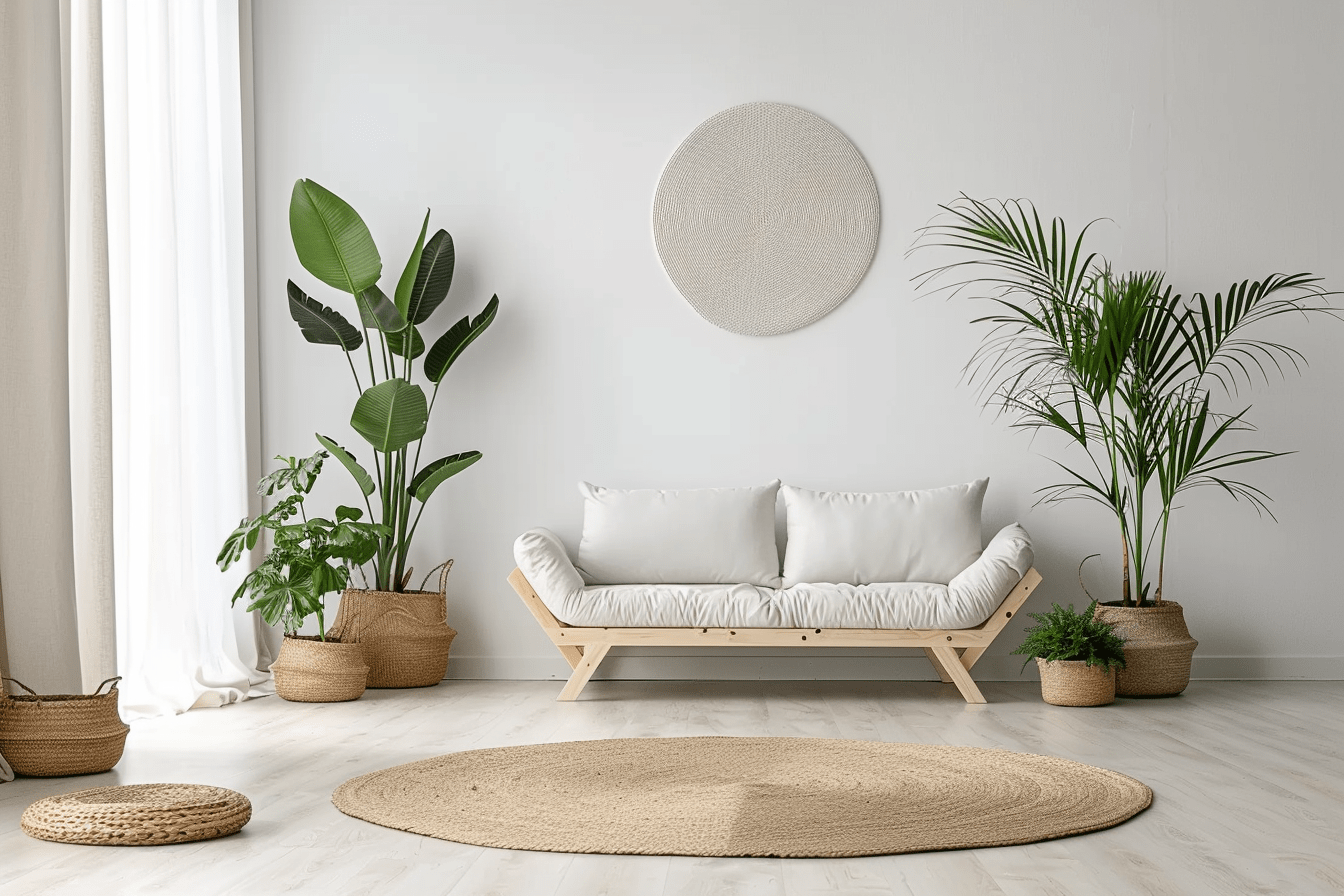
Selecting Appropriate Window Treatments
Choosing right window treatments can make a difference in controlling and optimizing the amount of light entering our homes. Light-colored window treatments reflect sunlight, are an excellent decision to let more light in.
Consider sheer curtains or light-filtering shades for a subtle, sunlit glow and privacy preservation. Keeping our windows clean will also ensure that nothing obstructs the inflow of natural light.
With these insights, we can harness the power of natural light to shape our minimalist home, making it a tranquil, inviting space that cheers every inhabitant and woos every visitor.
Sustainable Practices in Minimalist Home Design
As we journey further into our discussion on minimalist interior design trends, sustainable practices come into play. The purpose of this section is to highlight how we can maintain minimalist aesthetics while still ensuring that our design choices promote sustainability and eco-friendly living.
Eco-Friendly Materials
One of the key ways we can promote sustainability is through the selection of Eco-Friendly Materials. The minimalist design philosophy emphasizes the use of natural surfaces and organic fibers. For example, stone, light woods, weathered concrete, wool, and linen are often used. These materials are not only eco-friendly but also add a casual and comfortable touch to the minimalist decor, enhancing its overall appeal.
Consider large art pieces on your walls that are made from wood, a renewable resource. For instance, there’s this Abstract Wood Wall Art on Etsy which adds a natural element to the room. The use of eco-friendly materials extends to every aspect of the design, from the furniture choices to the smaller decor elements.

Energy-Efficient Appliances
Along with the aesthetics, functionality is also crucial in optimizing our living spaces. For instance, while centered around the necessities (like a stove, refrigerator, and wardrobe) the minimalist design also incorporates additional appliances necessary for comfortable and sustainable living. Energy-efficiency should be top of mind when choosing these.
Consider things like a washer and dryer, a microwave, and other such amenities. Energy Star-certified appliances are a great option for this. They’re designed to use less energy without sacrificing performance or convenience, thereby reducing greenhouse gas emissions and other air pollutants.
Recycling and Upcycling
Lastly, we should recognize the value in Recycling and Upcycling in minimalist design. Incorporating recycled or upcycled elements in our minimalist homes is not only eco-friendly but can also be a savvy design choice, adding distinctive charm to our spaces.
Using recycled building materials, for example, can bring a unique aesthetic appeal to your home. Upcycled furniture, on the other hand, can turn a simple room into a stylish, bespoke living space. An old trestle table could serve as an ideal rustic centrepiece in the dining area of a minimalist home.
In this way, minimalist design is thoroughly compatible with green, sustainable living. The principles of recycling and upcycling complement the minimalist ideal of “less is more”. We are, thus, able to live comfortably and sustainably, all while optimizing our use of space.
The next part of this article will further delve into…’, ensuring a seamless transition to whatever topic is brought up next.

Introducing Color to the Minimalist Aesthetics
Minimalist aesthetics can be enhanced even if you can’t change your home’s base color. Say you’re stuck with yellow walls. You might think that it restricts you from achieving your minimalist goal, but that’s where we challenge you to get creative.
You can still cultivate a minimalist look, and we promise, there are ways. Focus on neutral curtains, bedding, furniture, and artwork. Consider these as the base of your interior design canvas with which you can play around.
And just because it’s minimal, it doesn’t have to be monotone. If you dread the idea of a drab minimalist space, pastels come to the rescue. Sprinkling pastel hues can subtly break monotone, adding an element of calmness and vibrance. Thoughtfully selected pastel accents can work wonders in adding personality and depth to your minimalist abode.
Remember, minimalism is not about eradicating color, but using it wisely. Balance is key. In the next section, we will dive into the specifics of choosing suitable furniture for maximizing functionality in your minimalist home.
Submit your architectural projects
Follow these steps for submission your project. Submission FormLatest Posts
Understanding Site Safety Footwear in Architectural Practice
Architecture is often discussed through drawings, models, and finished buildings, yet a...
General Arrangement Drawings in Architecture: The Backbone of Clear Design Communication
General Arrangement Drawings explained: what they are, when to use them, how...
Modern American Homes: Interior Design Trends to Watch in 2026
Interior design in the United States is evolving toward warmer, more adaptable,...
The Ultimate Guide to Fencing in North Dakota: Choosing the Best Fence for Your Property
Watching a chain link fence twist in 70 mph winds near Minot...



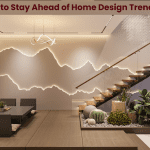
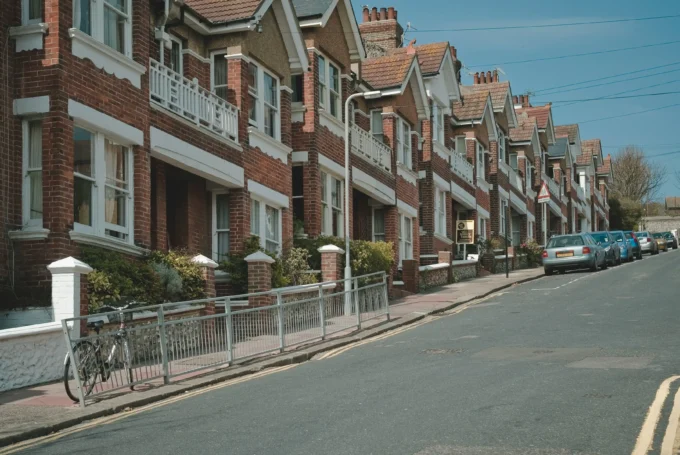



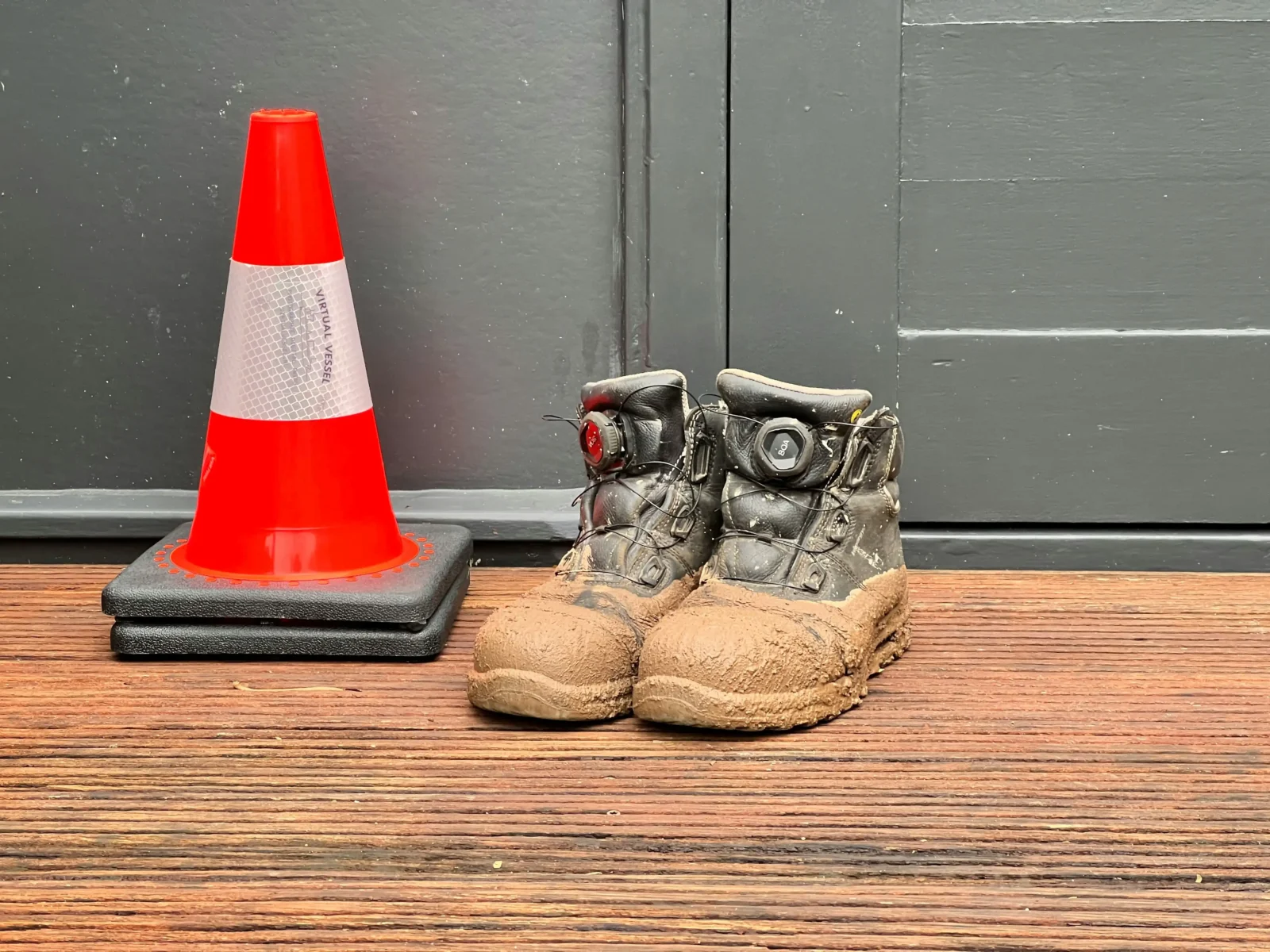
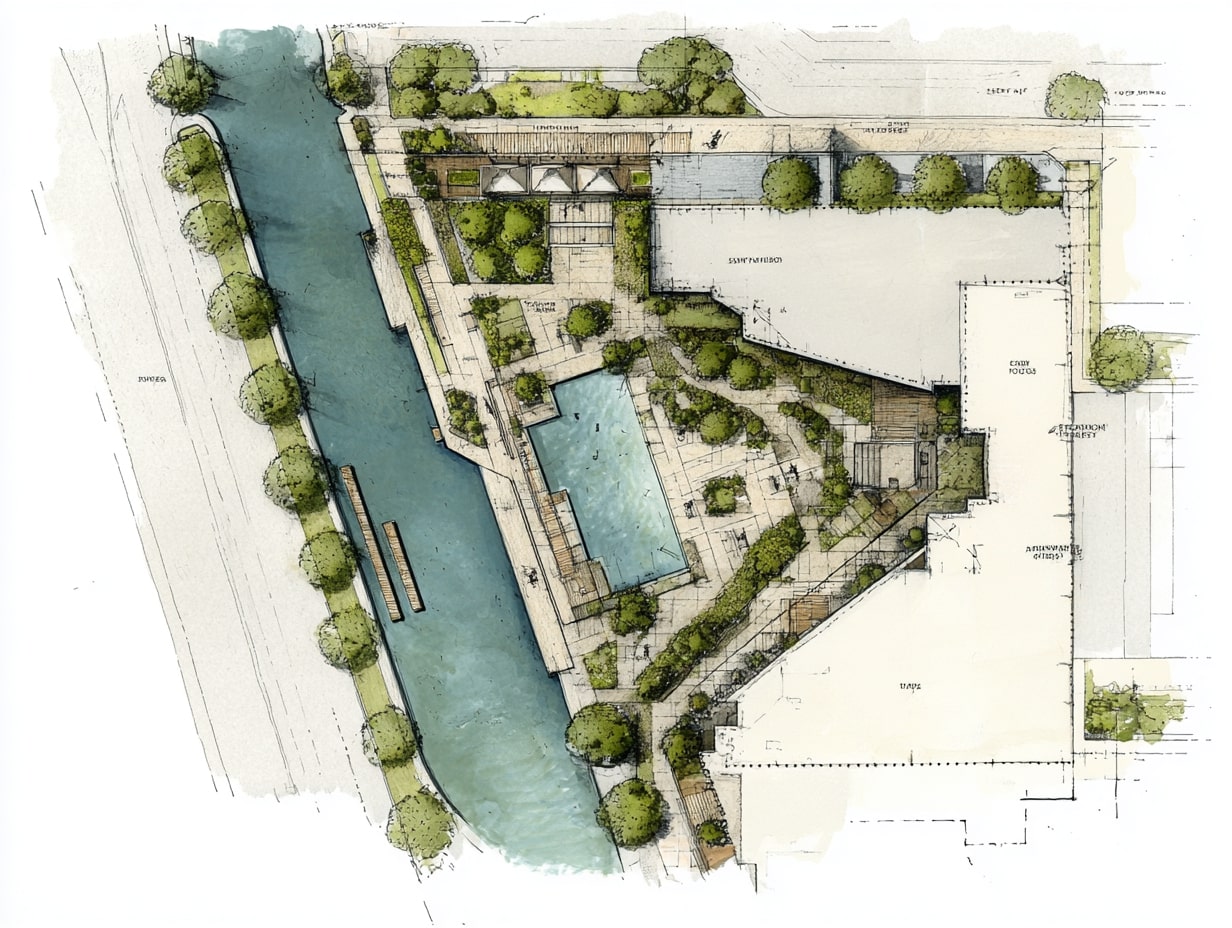


Leave a comment